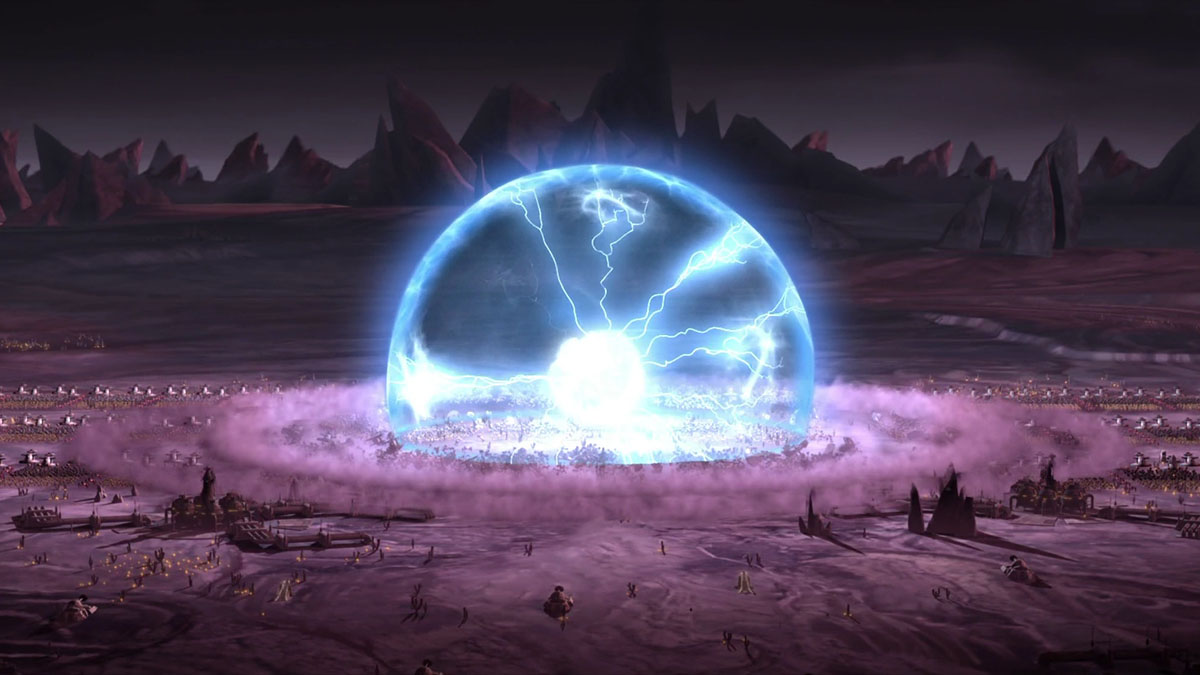sci-fi writers, hold your fire

Over the years, science fiction has given us all sorts of ideas for spectacular and devastating weapons. From ion cannons to antimatter bombs, to devices that manipulate the nature of space and time itself, sci-fi writers keep giving us glimpses into how creative humans can get when it comes to obliterating something. But as it turns out, some of the most popular futuristic weapons we’ve read about might actually be too problematic to work in real life, either because the premise behind them is scientifically unsound or because the devices in question would be highly impractical and pose just as much danger to its owners as to an enemy armada.
First up is the antimatter bomb. When matter meets antimatter, the result is a massive release of energy that converts all of the reacting mass into heat, light and gamma rays. Even nuclear weapons can’t touch this kind of efficiency and so antimatter bombs have been often tried in science fiction stories when there’s a need for an advanced and very powerful military device. But there’s a big design problem with antimatter weapons. The actual particles have to be contained in a vacuum and kept from touching any material whatsoever by strong magnetic fields. Thus, in order not to go off in a stockpile and possibly trigger a chain reaction of apocalyptic proportions, the bombs need an uninterruptable flow of electricity to prevent the antimatter from breaching its containment chamber. And that chamber will also have to be built so it requires a lot of energy to open, which could make it difficult for the bomb to go off.
And there’s also a slight problem with production. Even with the latest antimatter harnessing techniques, the amount of time it would take to produce enough positrons or anti-hydrogen to make a viable bomb which can put a nuke to shame, would be measured in billions of years. The fact that antimatter eliminates matter and vice versa, makes it very difficult to find in nature, very difficult to catch and very difficult to maintain. Antimatter bombs might just be a lot more trouble than they’re worth. A better science fiction alternative would be a pure fusion device, a bomb able to fuse deuterium and tritium without using a nuclear fission device as a trigger.
Next is an occasional comic book super-weapon; the space-time disruption device. The interesting problem with this weapon is that it’s pure overkill. According to our understanding of what happens when you bend a local region of space and time, the energy you would need to exert would destroy an Earth sized world many times over. Fire it off and your planet is going to be reduced to an asteroid field. Of course that brings up a big question. How exactly would you get this much energy? You’d need to harness the power of a fully grown star or come up with a reactor that has an output comparable to one.
And finally we take on plasma weapons, a frequent staple of comics, games and sci-fi books. For decades, a plasma gun was a must have weapon in any video game and a typical armament for alien armadas in sci-fi novels. Plasma, an energetic ionized gas, can actually be used as a weapon and there are patents for plasma devices out there. But unlike the sci-fi world, these patents focus on the electromagnetic fields plasma could generate to knock out enemy communication networks, weapons and even non-lethal methods of controlling large crowds rather than as waves or pulses that vaporize or burn anything in sight. The problem is that while plasma has an incredibly high temperature, it doesn’t transfer a lot of heat because its density is so low. This is why solar flares won’t scorch our planet, even when the plasma overtakes the magnetosphere, and you can touch that novelty glass ball filled with surging plasma without getting your fingers vaporized.





